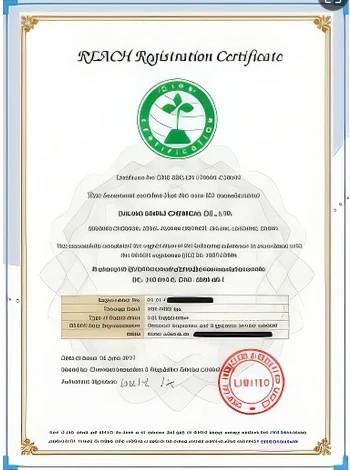



how to add sodium bisulfate to pool
How to Add Sodium Bisulfate to Your Pool A Step-by-Step Guide
Maintaining a clean and safe swimming pool involves balancing various chemical levels, and one important aspect of this is managing the pH level. An overly high pH can lead to discomfort for swimmers, cloudy water, and ineffective sanitization. Sodium bisulfate, a common dry acid, is an effective solution for lowering pH levels in pools. Here’s a detailed guide on how to safely and effectively add sodium bisulfate to your pool.
Understanding Sodium Bisulfate
Sodium bisulfate, often found in granular form, is a dry acid used to lower the pH level in swimming pools and spas. It is a safer alternative to muriatic acid, with a more manageable handling process, and it produces fewer fumes. Before using sodium bisulfate, it’s essential to test your pool water to determine the current pH and alkalinity levels.
Step 1 Test Your Water
Before adding sodium bisulfate, you should test your pool water. Use a reliable test kit or test strips, which can usually be purchased at pool supply stores. Ideally, the pH level of your pool water should be between 7.2 and 7.6. If your reading exceeds this range, it’s time to take action.
Step 2 Calculate the Required Amount
Once you know your current pH level, calculate how much sodium bisulfate is needed to bring it into the desired range. Generally, to lower the pH by 0.2 points in a 10,000-gallon pool, about 1.5 pounds of sodium bisulfate should be added. Most products will provide specific instructions based on your pool size, so always consult the label for accurate dosing information.
Step 3 Prepare for Application
Sodium bisulfate can cause irritation to skin and eyes, so it's crucial to take safety precautions. Wear safety goggles and gloves to protect yourself while handling the chemical, and make sure to follow all manufacturer instructions and warnings on the product label. Avoid adding sodium bisulfate when swimmers are in the pool.
how to add sodium bisulfate to pool

Step 4 Dissolve the Sodium Bisulfate
To ensure even distribution and effectiveness, it’s best to dissolve sodium bisulfate in a bucket of water before adding it to your pool. Fill a clean plastic bucket with about 3 to 5 gallons of water, and then gradually add the sodium bisulfate while stirring continuously. This process helps to prevent clumping and ensures that it dissolves completely.
Step 5 Add to the Pool
Once the sodium bisulfate is completely dissolved, slowly pour the solution into the deep end of the pool, aiming for areas with the best water circulation. This will help evenly distribute the chemical throughout the water. Avoid pouring it directly over the skimmer or in a concentrated area, as this can lead to localized acidity.
Step 6 Allow for Circulation
After adding the sodium bisulfate, run the pool pump for at least 4 to 6 hours to facilitate complete mixing and circulation of the chemical. This step is essential to ensure that the pH adjustment is uniform throughout the entire pool.
Step 7 Retest the Water
After allowing sufficient time for the sodium bisulfate to work, retest the pH level of your pool water. If the pH is still above the recommended range, you may need to repeat the process. Always make incremental adjustments to avoid drastic changes in water chemistry.
Conclusion
Adding sodium bisulfate is a manageable and effective way to lower the pH levels in your swimming pool, making it safe and comfortable for swimmers. By following these steps—testing your water, calculating the right dosage, taking safety precautions, and allowing for proper circulation—you can maintain a healthy pool environment. Regular testing and adjustments will help ensure that your pool remains an inviting oasis throughout the swimming season.
-
Why Strontium Carbonate Still MattersNewsJun.06,2025
-
Why BaSO4 MattersNewsJun.06,2025
-
Why Barium Carbonate Still MattersNewsJun.06,2025
-
Strontium Hydroxide: A Versatile Compound for Modern ApplicationsNewsJun.06,2025
-
Strontium Chloride in Daily IndustryNewsJun.06,2025
-
Pure Potassium Nitrate for SaleNewsJun.06,2025
-
What Is Sodium Bisulfate Used For?NewsMay.15,2025










